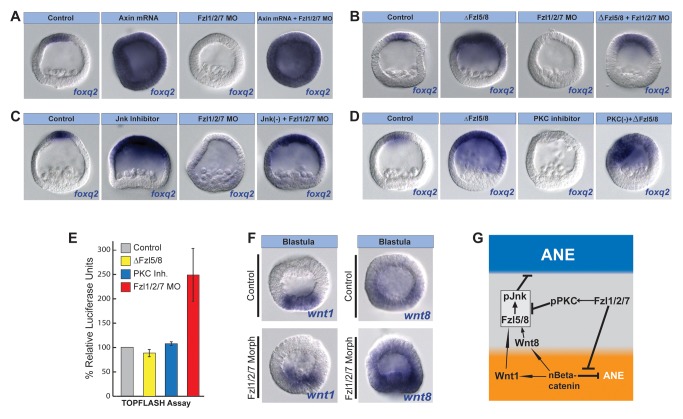Figure 5. Fzl1/2/7 signaling and PKC activity antagonize the ANE restriction mechanism.
(A–D) Injected molecules are indicated above each panel. Inhibition of Fzl1/2/7 function (Fzl1/2/7 MO) does not interfere with foxq2 expression in the absence of nβ-catenin (Axin mRNA) (A) or functional Fzl5/8 (ΔFzl5/8 mRNA) (B) or when JNK was inhibited (C). (D) Blocking PKC activity in the absence of ΔFzl5/8 signaling rescues foxq2 expression. (E) TopFlash assays on three different cultures of embryos showing that the activity of Fzl1/2/7, but not those of Fzl5/8 or PKC, suppress nβ-catenin activity. (F) wnt1 and wnt8 are expressed in the endomesoderm of Fzl1/2/7 morphants. (G) Diagram showing a model for ANE restriction based on the data presented in this and the preceding figures. MO, morpholino.

